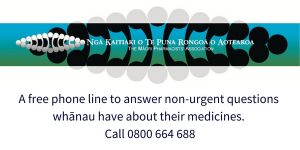Isoniazid is used to treat or prevent tuberculosis (TB). TB is an infection which mostly affects the lungs, but can affect any part of your body. TB is treated by taking a combination of antibiotics for at least 6 months – isoniazid is just 1 of the antibiotics prescribed. Read more about TB.
Note: Your doctor may prescribe pyridoxine (vitamin B6) to prevent tingling of the fingers or toes, which can sometimes be a side effect of isoniazid.








